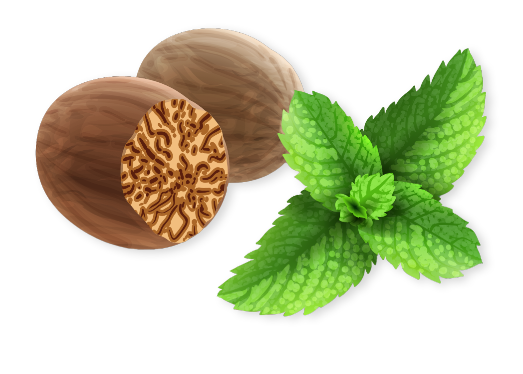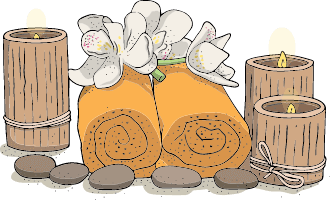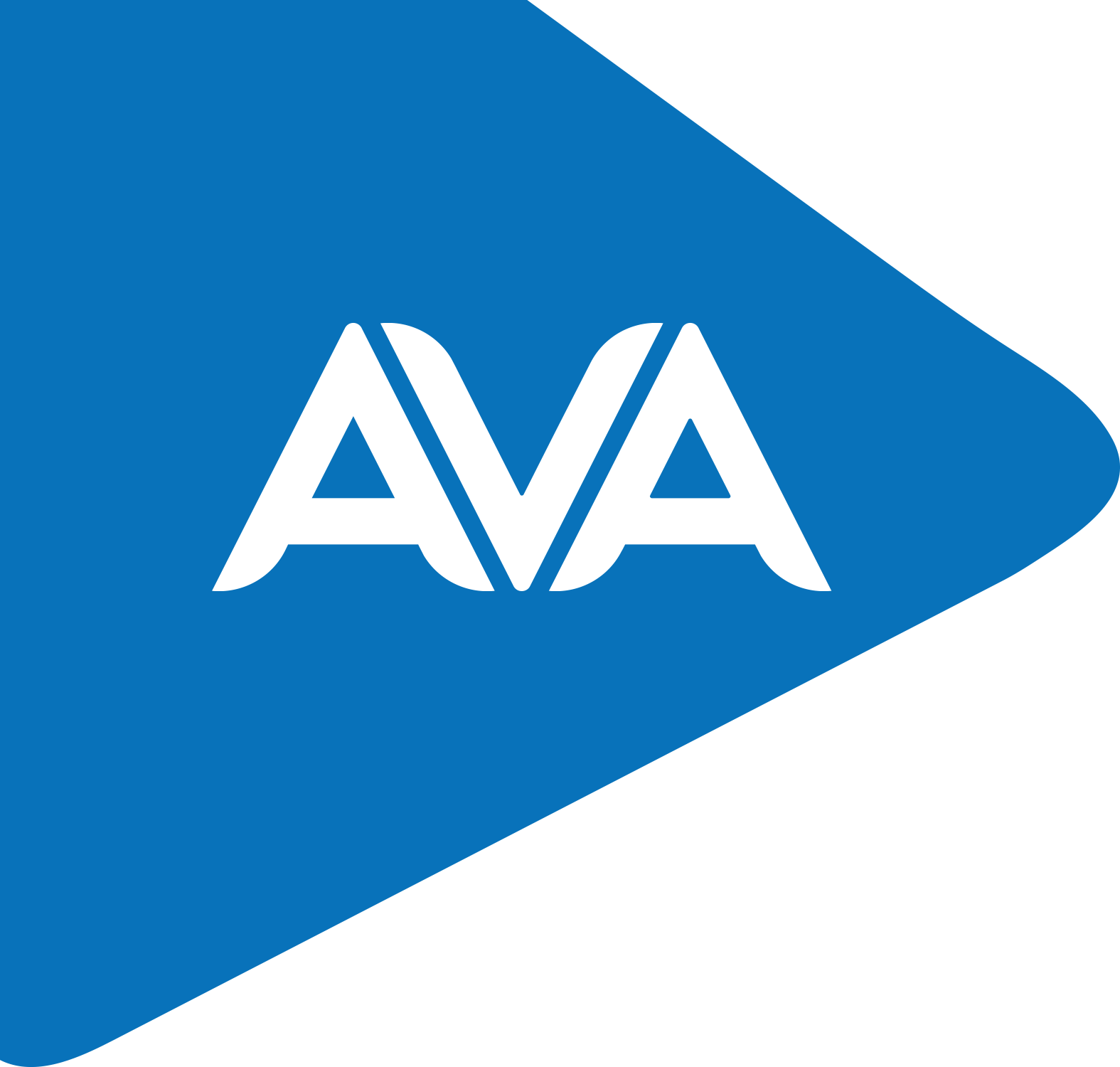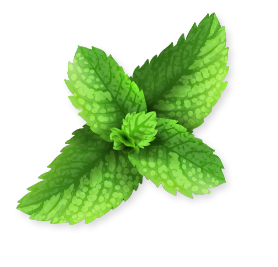- Purple or blue, swollen veins
- Aching or cramping in the legs
- Heaviness or fatigue in the legs
- Itching around affected veins
- Skin discoloration or inflammation near veins
WHAT ARE VARICOSE VEINS?
Varicose veins are swollen, twisted veins commonly seen in the legs, caused by damaged valves and poor blood circulation. They are more common in women and can cause discomfort and itching. Factors like aging, hormonal changes, obesity, and genetics contribute to their development. Varicose veins can vary in severity from minor, visible “spider veins” to large, bulging veins that may cause pain and other symptoms.
SIGNS & SYMPTOMS
CAUSES
- Weak or Damaged Valves: Ineffective valves lead to blood pooling.
- Genetics: Family history can increase the risk.
- Age: Wear and tear on vein walls over time.
- Gender: Hormonal factors make women more susceptible
- Pregnancy: Increased blood volume and pelvic pressure.
- Obesity: Adds pressure on leg veins
- Occupational Factors: Jobs requiring prolonged standing or sitting.
TREATMENT AT SANJEEVANAM AYURVEDA HOSPITAL
At Sanjeevanam, Ayurvedic treatments for varicose veins aim to improve circulation, enhance vein health and manage symptoms naturally. Key treatments include
- Herbal Medicines: Formulations like Triphala, and Guggulu, help enhance blood flow, reduce inflammation, and support vein health.
- Panchakarma: Detoxification therapies, including massages and herbal steam baths, stimulate circulation and cleanse the system.
- Abhyanga: A full-body oil massage using herbal oils to reduce swelling and strengthen vein walls.
- Kizhi: Warm herbal poultice massage to alleviate pain and decrease swelling.
- Rakthamoksha: Blood purification techniques like leech therapy or venesection to promote circulation and improve vein function.
- Yoga: Poses like Viparita Karani and Supta Padangusthasana help improve blood flow and support vein health.
BOOK APPOINTMENT
























